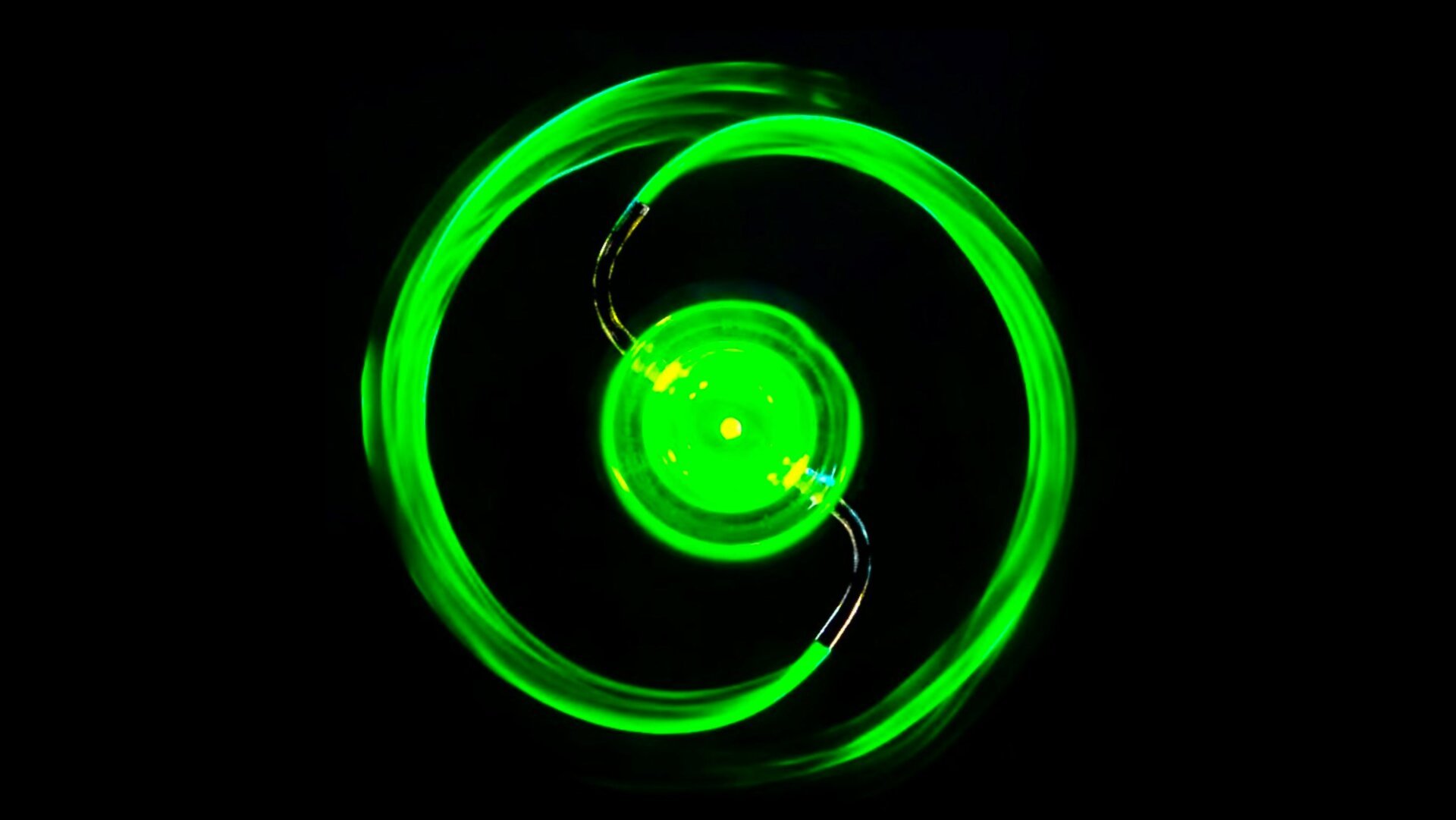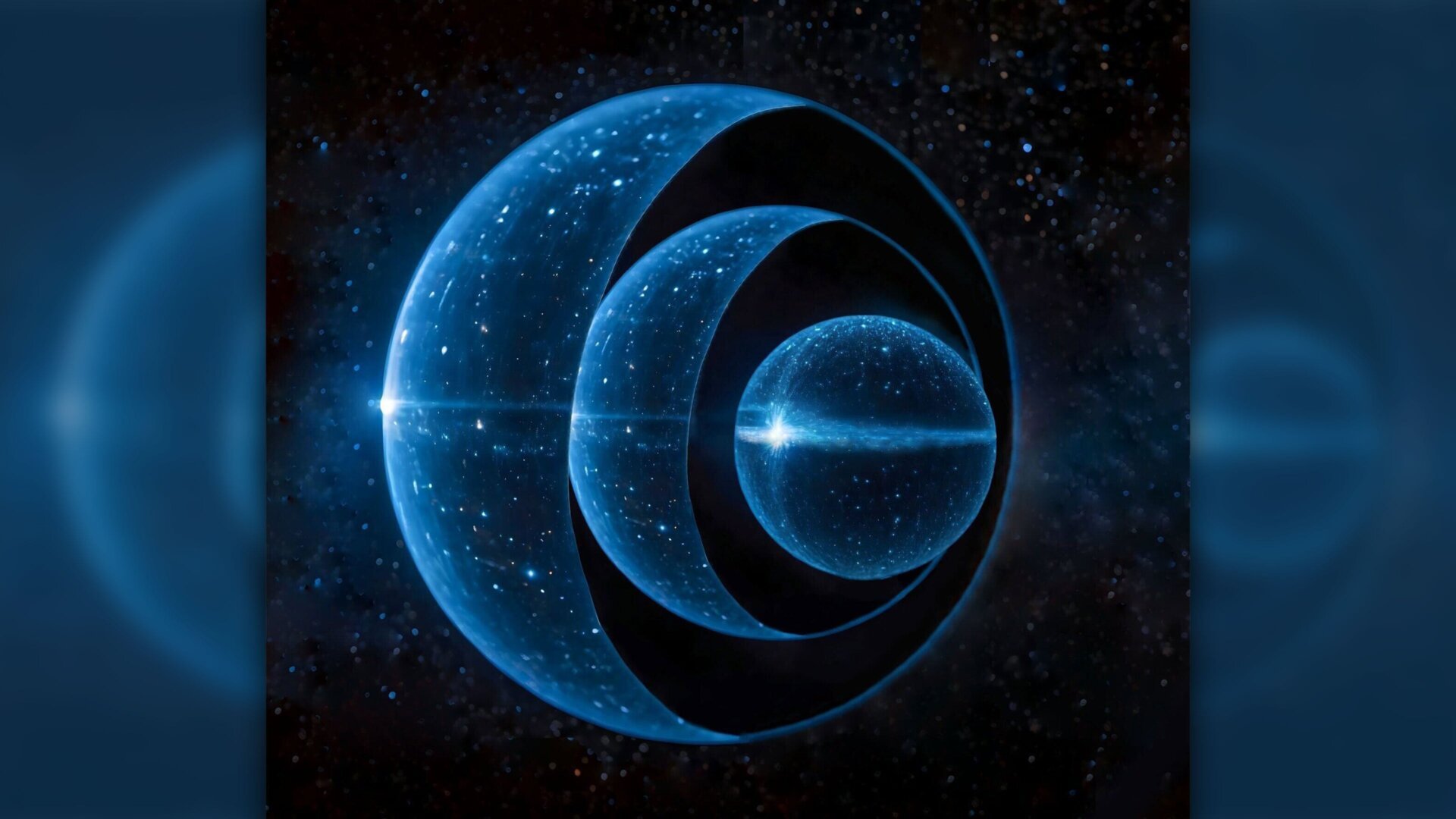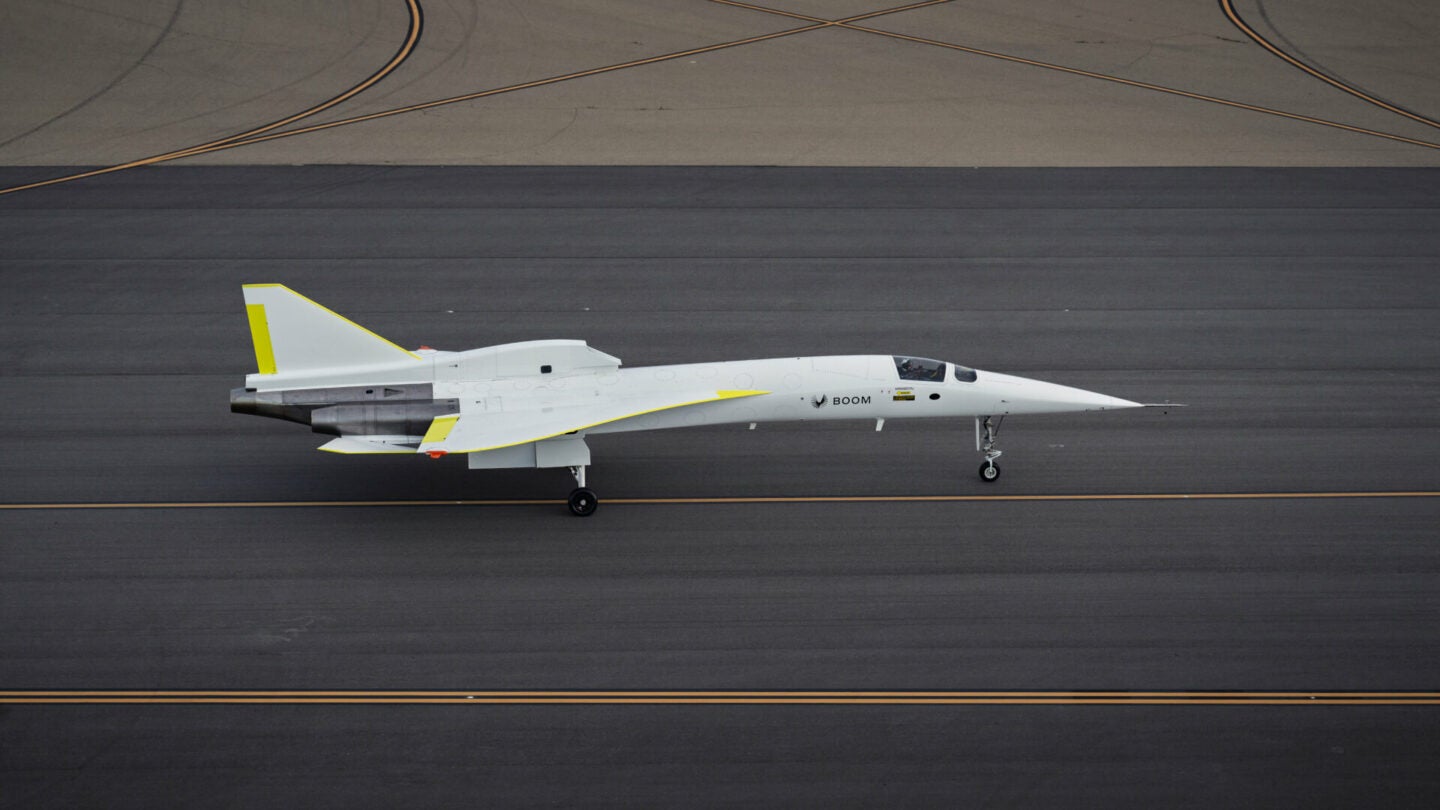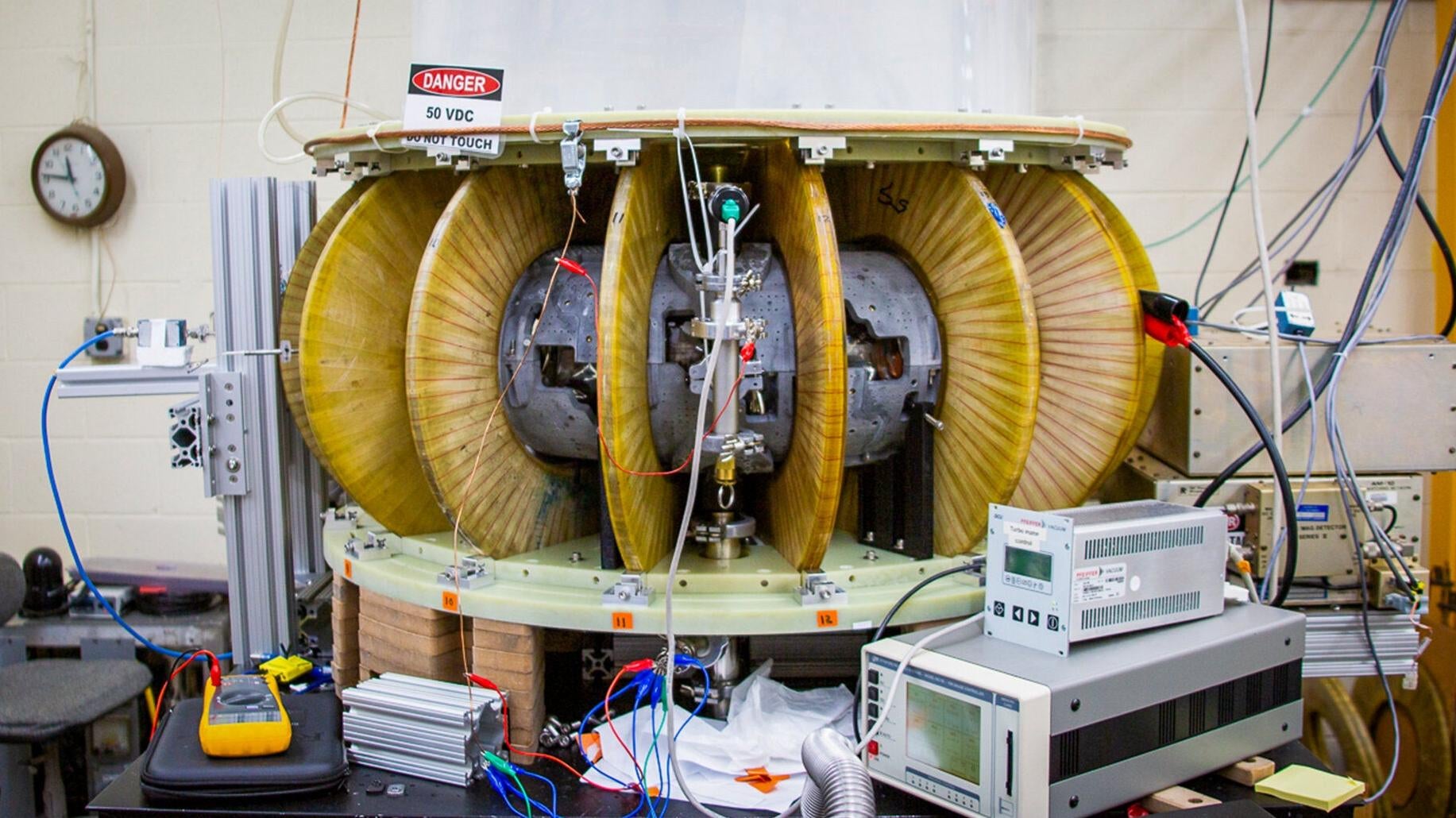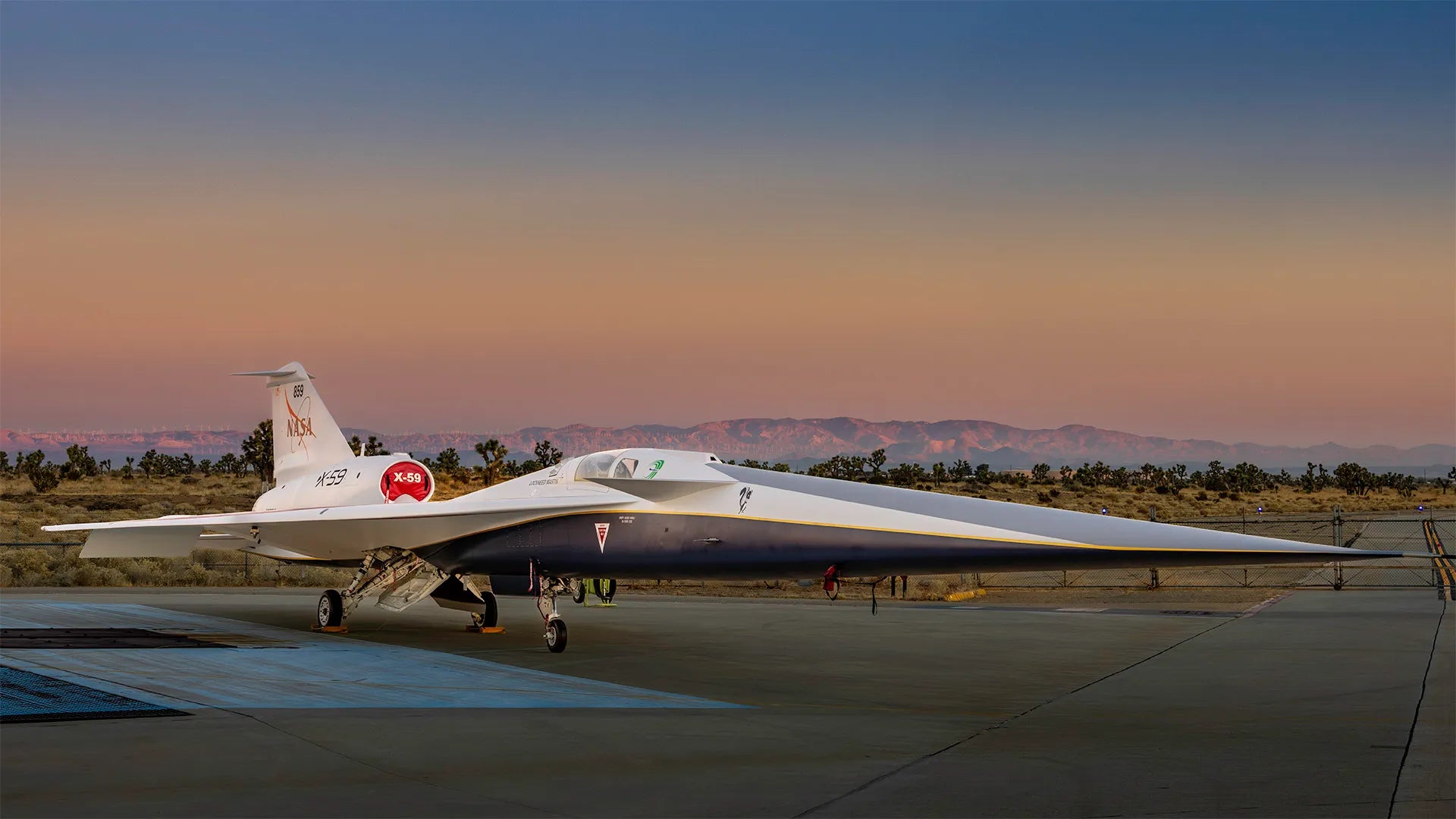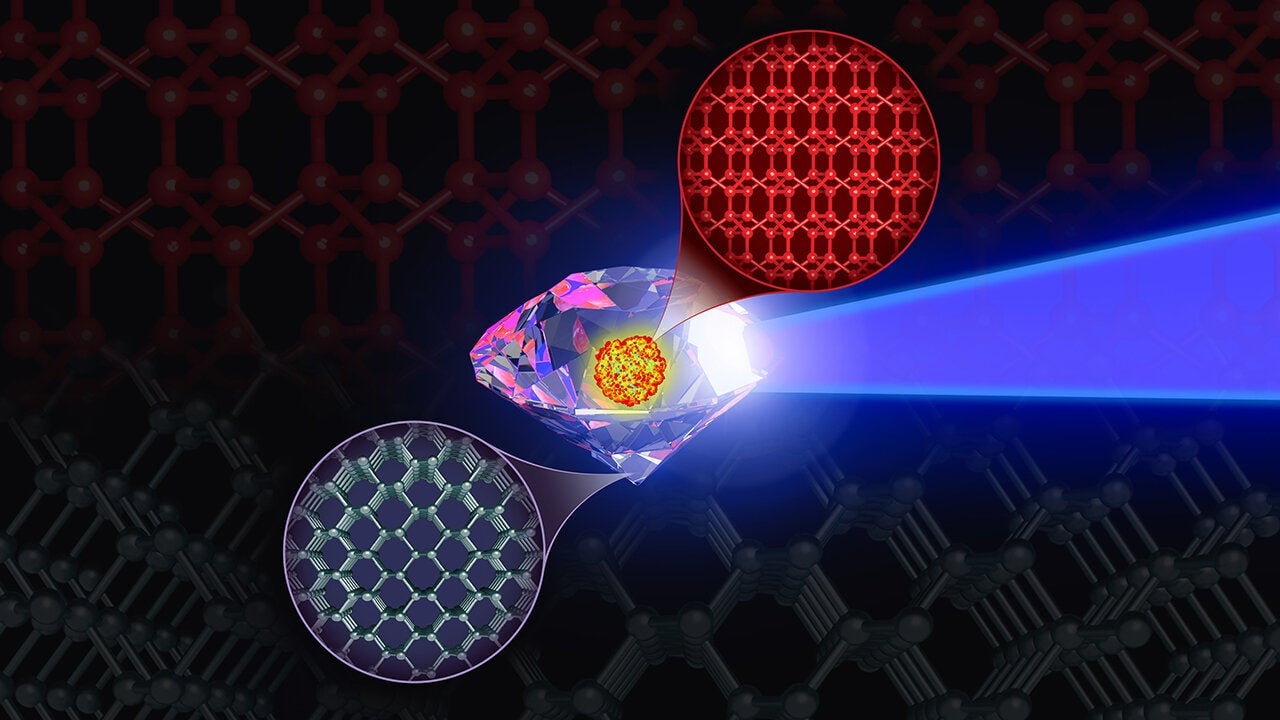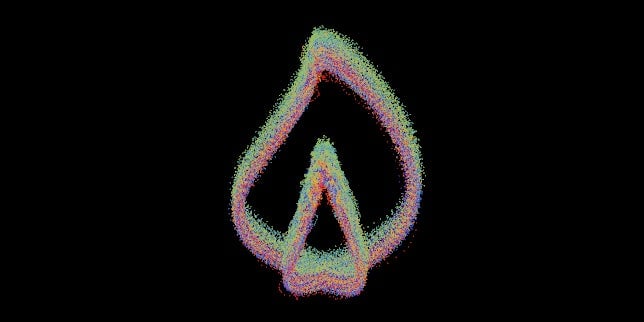For over a century, physicists have pondered a seemingly simple question: how would a sprinkler behave if it sucked water in instead of spraying it out? This conundrum, often referred to as Feynman’s sprinkler, has finally been answered by researchers at New York University.
The question, first posed in the 1880s, gained notoriety when Richard Feynman revisited it in the mid-20th century. A standard sprinkler rotates due to the force of the water being expelled. But what happens when the process is reversed? Feynman himself experimented with the concept, though his attempts were reportedly cut short by an exploding water bottle.
The NYU team designed a sophisticated experiment to tackle this long-standing question. They submerged a sprinkler mounted on an ultra-low-friction bearing, optimizing its ability to rotate freely. To visualize the water flow, they dyed the water, added microparticles, and illuminated it with green lasers. High-speed, high-resolution cameras captured the fascinating results.
Their findings, published in Physical Review Letters, reveal that a reverse sprinkler does indeed rotate, but in the opposite direction of a regular sprinkler. However, the rotation speed is significantly slower, approximately 1/50th the speed of a conventional sprinkler.
“A regular sprinkler functions similarly to a rocket, propelling itself by expelling water jets,” explains Leif Ristroph, the study’s lead author. “The reverse sprinkler, however, is more complex. The inward flow doesn’t appear jet-like. We discovered the key lies within the sprinkler’s internal structure, where hidden jets drive the observed motion.” These internal jets collide, albeit not head-on, creating a swirling motion that causes the slow rotation.
Brennan Sprinkle, a researcher at the Colorado School of Mines and co-author of the study, highlights the broader implications of their research. The experimental methods, he notes, “will be valuable for various practical applications involving devices interacting with flowing air or water.”
This research provides a definitive answer to a question that has intrigued scientists for over 140 years. The advanced technology and precise modeling used in this study were simply unavailable to researchers in the 1880s. While the reverse sprinkler may not revolutionize irrigation, it certainly adds a fascinating chapter to the study of fluid dynamics.



